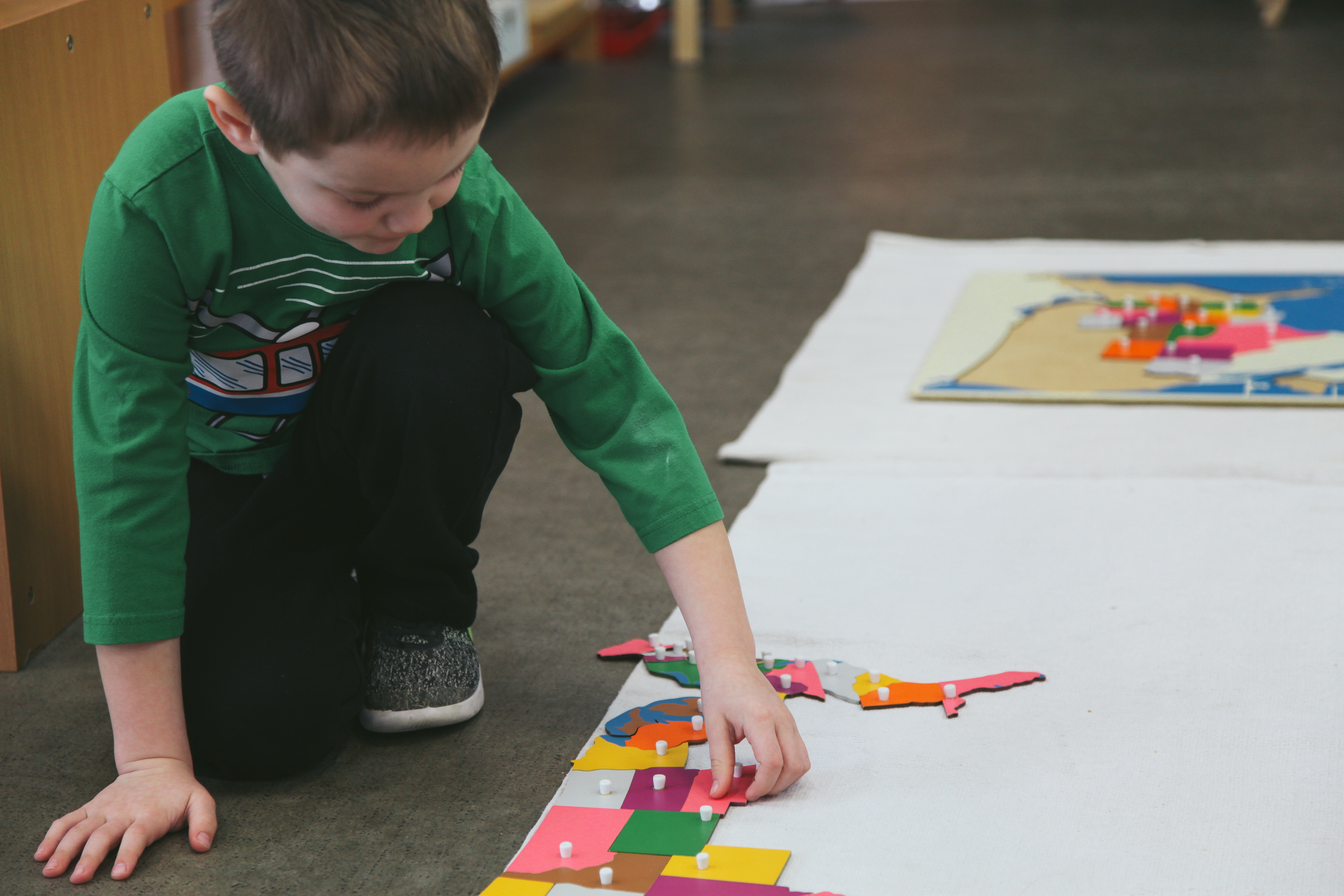
Observation : Really Seeing Each Child
Observation is a valuable tool that grants deeper understanding of the activities, behaviors, and personalities of children within a Montessori classroom. Because the Montessori method is so individualized in its aim to cater to the unique needs and talents of each respective child, staff members work hard to know and understand each child.
Daily at Baan Dek, our classroom guides and assistants aim to spend 30 minutes seated in the sidelines of the classroom, quietly observing and taking notes on the children at work. During this time, the children have been taught to not disturb their “offline” adult, and instead rely more so on their classmates, their other teacher, and themselves. In fact, not much time passes before the seated adult nearly blends in as a part of the furniture to the eyes of the child.
What does an observation period look like to a child?
During an observation period, in fact, the general sense of productivity and independence often increases class wide. Montessori children have been taught to do so much for themselves, and they really crave independence. Though they are totally seen and protected by both of their teachers during an observation, they often feel they have less guidance, and in turn, their self-motivation kicks in. Because children generally desire and vie for a lot of attention and approval from the adults in their lives, the observation period, offers a break in which the child can totally focus on themselves and their own work. In turn, their teachers are offered a chance to see the children for who they truly are.
So, what does observation an observation period look like through the lens of a teacher?
One standard method of observing is by simply and unbiasedly watching and writing down a child’s activity in an observation log. The log contains the name of each child in the class in the order of oldest to youngest with blank space to record. A guide or an assistant pans the room to find each child in the order of their list, and make a quick note on their current state of being and activity. Everyday, each child is seen! Of course, if any concerning event occurs (i.e. a tearful child, or a wet event), the observing adult will quickly jump back into action.
Over the course of even just a few days of observation, work and behavioral patterns emerge. Often by this process, guides and assistants notice areas where a child might need a little help and areas of strength where a child is ready to expand. Observation is also extremely impactful when one is working to understand the root cause of a challenging behavior, take for example, tantrums. When a behavior such as this occurs, it’s quite natural to want to react immediately. However, recording a child’s events and attitudes leading up to such a behavior, supplies important information the child may be unable to communicate with their words, which can be used to discern and devise a better approach. By truly noticing and understanding each of these little people, we enhance our ability to supply them with the support they require for their best development.
What is the observation window for?
We’re an open book at Baan Dek! We offer daily guided observations for current and prospective parents to catch a glimpse of the children at work! Resting on the wall between the classroom and the hallway is a one-way mirror through which one can go relatively undetected.